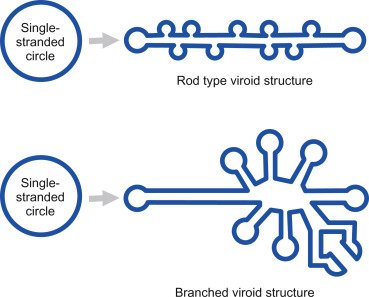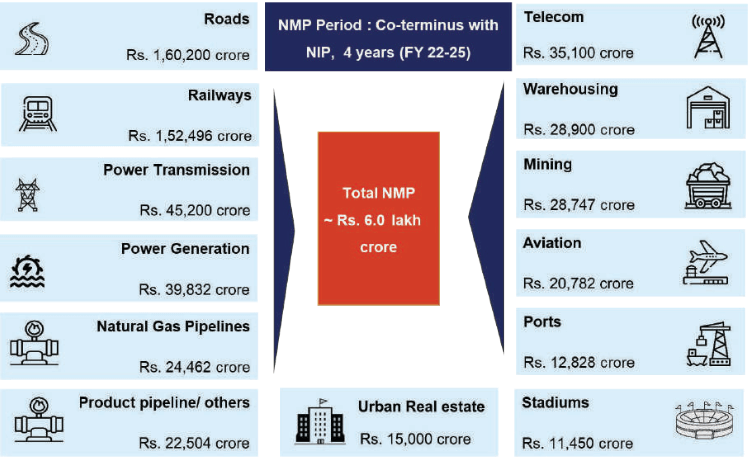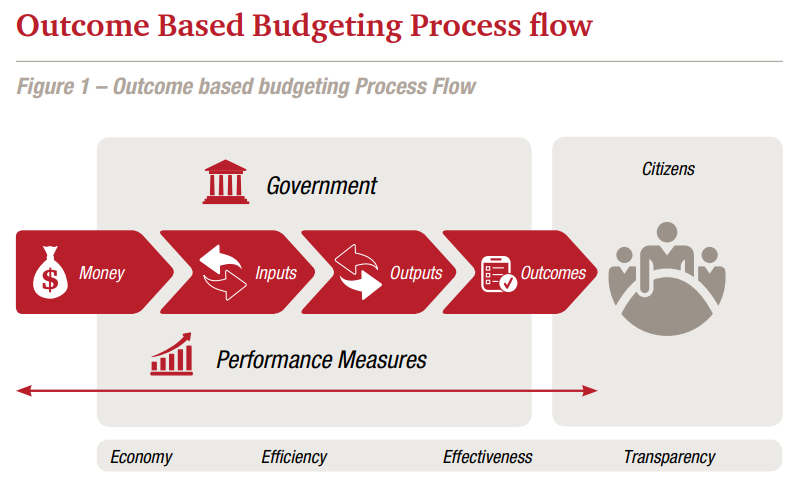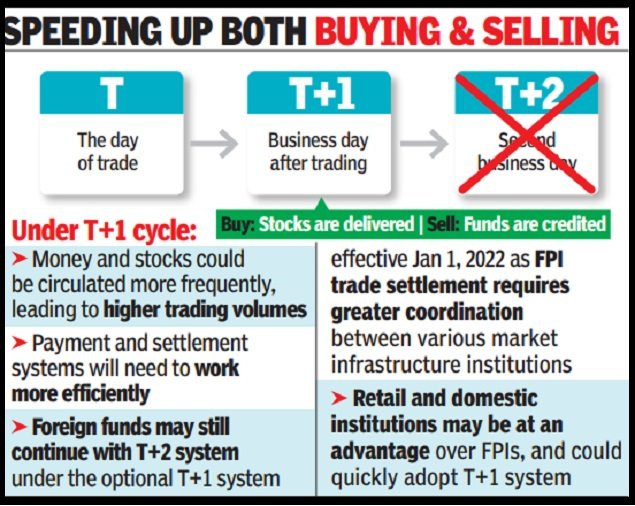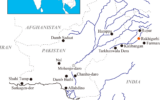
Power markets in India and their working
Subscribers of "Current Affairs" course can Download Daily Current Affairs in PDF/DOC
Subscribe to Never Miss an Important Update! Assured Discounts on New Products!
Must Join PMF IAS Telegram Channel & PMF IAS History Telegram Channel
- Context (IE): To meet peak power demand, the government has allowed the trading of surplus electricity generated from “linkage coal” in the country’s power markets.
What is Coal linkage?
- Coal linkages are agreements that ensure a steady supply of coal from mines to consumers like power plants, steel, and cement industries.
- Types of coal:
- Long-term linkages: Agreements lasting several years, offering stability and predictability.
- Short-term linkages: Shorter duration agreements that are adjustable based on immediate needs and market conditions.
Power markets
- Power markets are systems through which electricity is bought and sold.
- They facilitate the trade of electric power and help in balancing supply and demand.
How do Power markets work?
- In India, generation units traditionally use long-term Power Purchase Agreements (PPAs) spanning 25 years. However, PPAs are losing favour due to their inflexibility and capacity lock-in.
- Power markets allow generators to sell surplus power at market prices to address short-term fluctuations.
- This benefits renewable energy generators, who can trade excess power instead of curtailing it.
Power exchanges (PEs) in India
- PEs facilitate the trading of electricity, enabling buyers and sellers to transact efficiently.
- India has Three major PE regulated by the Central Electricity Regulatory Commission (CERC).
- The Indian Energy Exchange Ltd (IEX) dominates with more than 90% market share, followed by Power Exchange India Limited (PXIL) and Hindustan Power Exchange Ltd (HPX).
Evolution of Power exchanges
|
Key terms related to power exchange
Market coupling
- It is a process that matches bids from all power exchanges to discover a uniform market clearing price.
- The concept was first introduced in CERC’s Power Market Regulations, 2021.
- Advantages: It could lead to more efficient price discovery, reduced price disparities across regions, and increased market stability.
Capacity markets
- Capacity Market (CM) is designed to provide long-term stability and security in the power system by preventing a deficit of generation capacities.
- Hence, it almost completely eliminates electricity price volatility.
- Only a few countries, including UK, parts of Australia, and South Korea, have developed capacity markets.







![PMF IAS Environment for UPSC 2022-23 [paperback] PMF IAS [Nov 30, 2021]…](http://pmfias.b-cdn.net/wp-content/uploads/2024/04/pmfiasenvironmentforupsc2022-23paperbackpmfiasnov302021.jpg)
